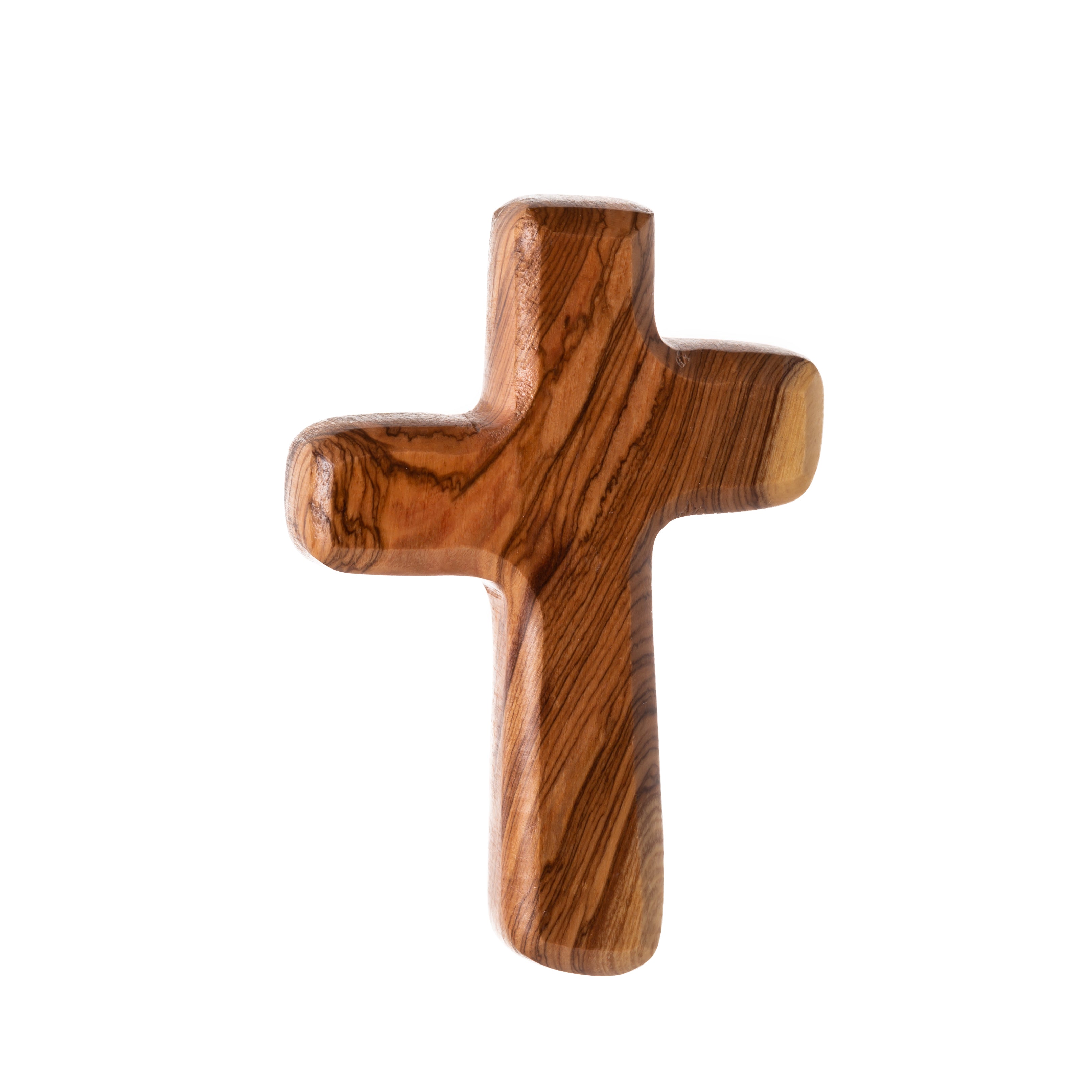Olive wood, with its distinct grain patterns and warm hues, holds a unique place in the world of craftsmanship and religious artifacts. However, its significance goes far beyond its aesthetic appeal. This ancient and revered material has deep historical ties to the Holy Land, making it an emblem of the region's spiritual heritage. In this blog post, we embark on a journey through time to unravel the history of olive wood and its profound connection to the Holy Land.
An Ancient Legacy of Olive Cultivation
The cultivation of olive trees in the Holy Land can be traced back thousands of years. The region's favorable climate and fertile soil have provided a nurturing environment for these resilient trees to thrive. Ancient civilizations recognized the olive tree's value, both as a source of sustenance and an essential material for crafting everyday objects and religious artifacts. This long-standing tradition of cultivating olive trees in the Holy Land forms the foundation of its rich connection to olive wood.
Bethlehem Olive Wood: A Symbol of Spiritual Significance
Among the various olive wood sources, Bethlehem stands out as the epicenter of olive wood craftsmanship with the most profound spiritual significance. Bethlehem, often referred to as the birthplace of Jesus Christ, is home to an abundance of olive trees that have stood the test of time. The wood from these revered trees has been used to create religious artifacts, souvenirs, and symbols of faith for countless generations. The intertwining of the olive tree's natural beauty with the spiritual heritage of Bethlehem makes each piece of Bethlehem Olive Wood a tangible link to the Holy Land's sacred history.
Symbolism in the Grain
Olive wood's distinctive grain patterns hold symbolic significance that resonates deeply with believers. The swirling patterns and knots found in the wood mirror the complexities of human life and the spiritual journey. Just as the olive tree endures through harsh conditions, its wood serves as a reminder of strength, resilience, and the enduring nature of faith. This symbolism extends to the crafting of religious artifacts, such as holding crosses and prayer beads, where the unique grain patterns become tangible representations of devotion and spirituality.
An Art Form Preserving Tradition
Crafting objects from olive wood is a revered art form that has been passed down through generations of skilled artisans. These craftsmen possess an intimate knowledge of the wood's characteristics and utilize traditional techniques to transform raw materials into exquisite works of art. The dedication and passion of these artisans breathe life into each olive wood creation, infusing them with an intangible spirit that resonates with believers around the world.
The Holy Land in Your Hands
Owning an artifact made from olive wood from the Holy Land is like holding a piece of history and spirituality in your hands. The connection to the sacred soil of Bethlehem brings an added dimension to these religious objects, making them more than just material possessions. Every Bethlehem Olive Wood artifact becomes a physical representation of faith, hope, and the profound spiritual journey shared by people throughout history.
The history of olive wood and its Holy Land connection is a testament to the enduring power of faith and craftsmanship. From the ancient cultivation of olive trees to the skilled hands of artisans, olive wood has transcended time to become an emblem of spiritual significance. Owning an artifact made from Bethlehem Olive Wood allows individuals to not only cherish a beautifully crafted object but also embrace a tangible link to the sacred heritage of the Holy Land and the profound stories of faith that it holds.


